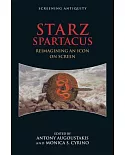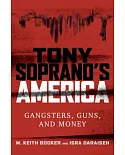When talk circulates through technological media - through television or radio and through the activities they support, like the dissemination of news, product advertising or entertainment - it
takes on distinctive characteristics, functions and styles. The talking media have developed their own ways of styling individuals (often as celebrities of different types, but also as
’ordinary people’), and ways of styling relationships (such as constructing informality or trust or authority). Media also style their own ways of communicating (how to read the news, how to
conduct interviews, how to entertain or educate others, and so on).
Media invest heavily in style and styling, drawing on semiotic modes well beyond speech itself. ’Style’ therefore needs to be theorised carefully in sociolinguistics and neighbouring
disciplines. Episodes and fragments of mediated styles commonly take on new lives when they are re-circulated via interactive ’new’ media platforms. Style therefore points to both stability,
where ways of speaking and ways of being have become culturally familiar, and to instability, in the talking media’s persistent dynamic reworking of stylistic norms. This book explores a wide
range of normative structures and creative media processes of this sort, in many different national contexts and in different languages.
The globalised world is already massively mediatised - what we know about language, people and society is necessarily shaped through our engagement with media. But talking media are caught up
in wider currents of rapid change too. Creative innovations in media styling can heighten our reflexive awareness, but they can also unsettle our existing understandings of language-society
relations. In reporting new investigations by expert researchers, situated in relation to relevant theory, the book gives an original and timely account of how style, media and change need to
be integrated further to advance the discipline of sociolinguistics.





















